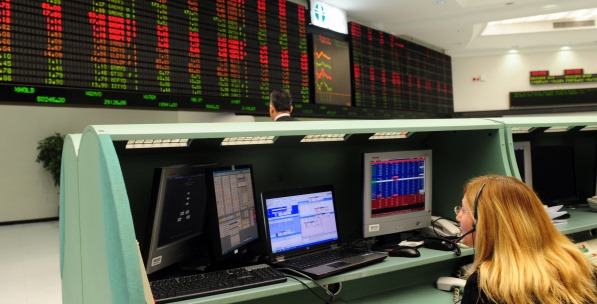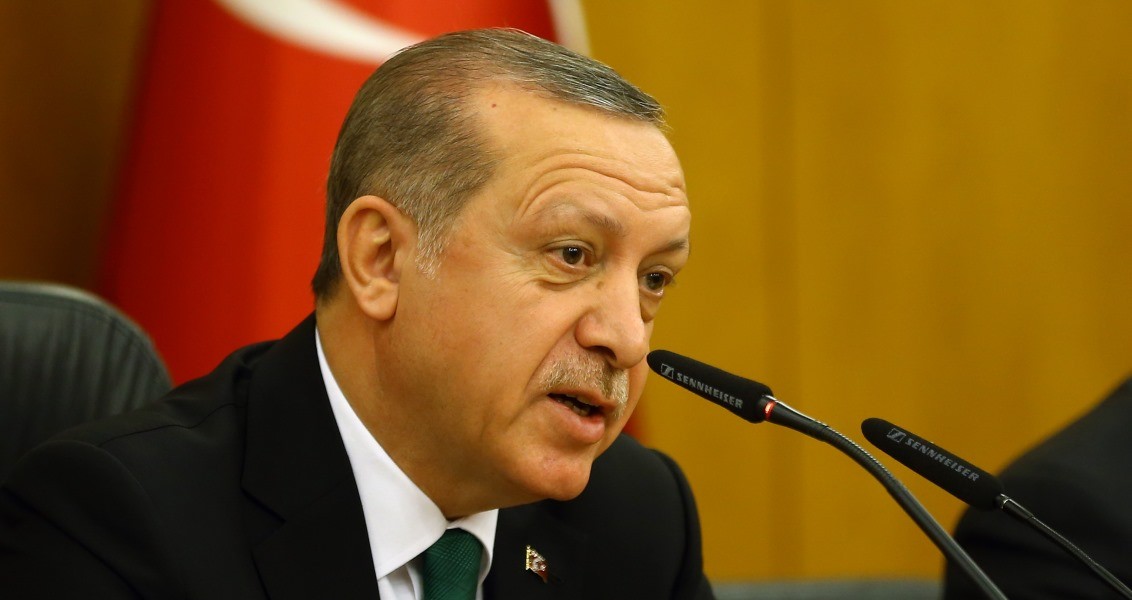According to the Turkish Statistical Institute (TUİK), the Gross Domestic Product (GDP) has increased, beyond expectations, by 4.4 percent in the second quarter of 2013 when compared to the same quarter of the previous year.
Turkey attained this growth rate despite unanticipated negative factors such as the Gezi Park protests, developments in the Middle East and fluctuations in global economy.
This proved the performance of Turkish economy and its resistance to shocks. Furthermore, public finance indicators in the economy, a strong structure of the banking sector, real sector and household protected the economy against external shocks. Given the 4.4 percent growth rate in the second quarter and 3.7 percent growth rate in the first six months of the year, it is expected that Turkey will get closer to the 4.0 percent growth rate set in the 2013-2015 Medium Term Programme.
TURKEY POSITIVELY DISTINGUISHES FROM OTHER COUNTRIES
Turkey has distinguished itself from other developed countries by achieving a steady growth in the last 15 quarters. 4.4 percent growth rate of Turkey in the second quarter of 2013 is higher than the growth rate of 17 members of the Eurozone. Furthermore, Turkey has become the third fastest-growing country in the G-20 after China and Indonesia.
Turkish economy adapting itself to the conjuncture has developed with the help of both foreign and domestic demands. In the second quarter, the increase in domestic demand in line with fluctuations in international and regional conjuncture contributed to the growth.
Accordingly, consumption and autonomous investment expenditures will increase the production, i.e. GDP, creating a multiplier effect. On the other hand, increase in the demand for final consumption goods when compared to the previous period, will result in a considerable increase in demand for investment goods. This will, in turn, greatly contribute to the investments.
LOW INTEREST RATE IS A MUST FOR THE CHANGE
The devaluation of the Turkish Lira in recent periods was a glimmer of hope for interest-rate lobby and serious discussions broke out about increasing interest rates. Nevertheless, the Central Bank did not prefer short term relief by means of increasing interest rates to cope with the devaluation of the Turkish Lira because the high interest - low exchange rate method was employed in the past yet resulted in high current deficit which was later compensated by low economic growth. As a result, the GDP decreased. Consequently, low interest rates are required so that Turkey achieves the economic goals set for the next decade.
Given the structural problems caused by the high interest – low exchange rate strategy employed by the previous Central Bank administrations, it is clear that the Governor of the Central Bank Erdem Başçı’s low interest rate strategy is a pertinent decision. It is, therefore, necessary to resort to other instruments rather than the interest rate in order to ensure a nonstop and steady economic growth. This policy will pave the way for long term investments. It will also avoid the current deficit problem through high amounts of imports which would probably occur due to speculative capital and appreciation of Turkish Lira when interest rates are increased.
Increasing the exchange rate may seem to be detrimental for private sector and costs in the short term; however, it will clear the way for capital inputs in the medium and long term as the economic stability is ensured and global markets cool down.
Furthermore, high exchange rate will encourage producers to bring their productions abroad back to the country and consequently both imports and foreign-dependence on production will decline.
During this period, an exchange rate increase may push up the cost of mega projects. Nevertheless, these projects should be carried out despite the high cost. This is because the aforementioned projects will greatly contribute to the resolution of leading structural problems in Turkish









